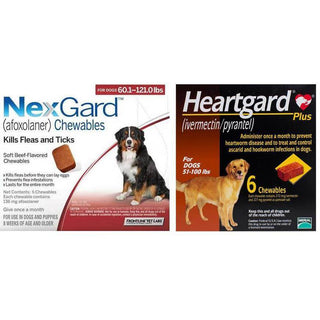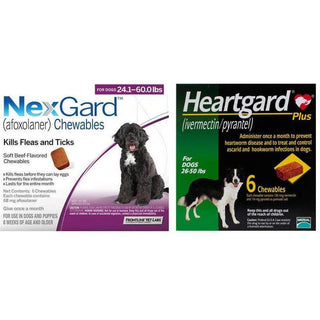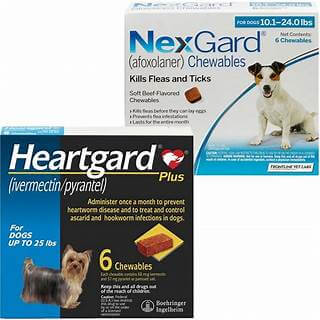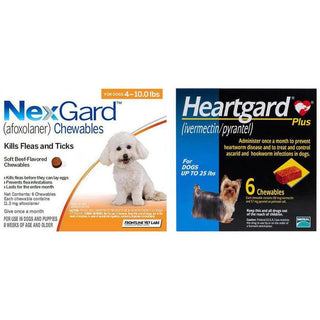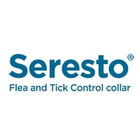Food allergies in cats are more common than many pet owners realize. If your feline friend has been scratching excessively, vomiting, or suffering from digestive issues, the culprit might be their food. Understanding cat food allergies — their causes, symptoms, and solutions — can help you take early action and ensure your cat lives a comfortable, healthy life.
What Are Cat Food Allergies?
A cat food allergy occurs when your cat’s immune system mistakes a particular ingredient in their diet as harmful and reacts to it. This overreaction leads to inflammation, itching, and various skin or digestive problems.
Unlike food intolerance (which affects digestion only), food allergies trigger the immune system and can cause long-term discomfort if not treated properly.
Common Causes of Food Allergies in Cats
Most cat food allergies are caused by proteins found in common ingredients. Some of the top triggers include:
- Beef
- Chicken
- Fish (especially tuna or salmon)
- Dairy products
- Eggs
- Grains like corn or wheat
Even if your cat has eaten these foods for years without issues, allergies can develop over time.
Symptoms of Cat Food Allergies
Cats can show allergic reactions in several ways. Here are the most common signs to look out for:
1. Skin Problems
- Persistent itching, especially around the face, neck, or ears
- Red, inflamed skin or scabs
- Excessive licking or grooming
- Hair loss or bald patches
2. Digestive Issues
- Vomiting or diarrhea
- Flatulence or bloating
- Loss of appetite
3. Ear and Eye Symptoms
- Frequent ear infections
- Watery or itchy eyes
If you notice these symptoms persist despite using flea control or changing grooming habits, it’s time to suspect a food allergy.
How to Identify the Allergen
The most reliable way to diagnose a cat food allergy is through an elimination diet — a process that involves removing potential allergens and reintroducing them slowly.
Step 1: Consult Your Veterinarian
Your vet will guide you through a safe elimination plan and may recommend prescription hypoallergenic diets.
Step 2: Switch to a Novel Protein Diet
Feed your cat a diet containing a novel protein (one they’ve never eaten before) such as duck, venison, rabbit, or lamb.
Avoid all treats, flavored medications, and table scraps during this time — even small amounts can disrupt the process.
Step 3: Monitor for 8–12 Weeks
Allergic reactions take time to subside. Be patient and track any improvements in your cat’s skin, coat, and digestion.
Step 4: Reintroduce Ingredients Gradually
Once symptoms improve, reintroduce old ingredients one by one. If symptoms return, you’ve found the allergen.
Treatment and Long-Term Management
There is no permanent cure for food allergies, but proper management can prevent flare-ups.
1. Identify and Avoid the Trigger
Once the allergen is confirmed, ensure your cat’s diet is entirely free from it. Always read food labels carefully.
2. Switch to Hypoallergenic Cat Food
Choose foods with fewer ingredients or hydrolyzed proteins, which are easier to digest and less likely to trigger allergies.
Brands offering prescription or specialized hypoallergenic formulas can be discussed with your vet.
3. Support Skin and Gut Health
- Add Omega-3 fatty acids (from flaxseed oil or fish oil) to reduce inflammation and promote healthy skin.
- Use probiotics to strengthen the digestive system and boost immunity.
- Provide plenty of fresh water and keep the feeding area clean.
4. Regular Vet Check-ups
Ongoing monitoring helps ensure that your cat’s condition remains under control and that no new sensitivities develop.
Preventing Cat Food Allergies
While not all allergies can be prevented, you can lower the risk with these simple steps:
- Rotate protein sources occasionally to avoid overexposure to one ingredient.
- Choose high-quality, balanced cat foods with natural ingredients and no artificial additives.
- Avoid feeding your cat leftovers or human food.
- Keep track of any reactions when trying new food brands or flavors.
When to Visit the Vet
Seek veterinary help immediately if your cat experiences:
- Swelling of the face or tongue
- Severe itching or hives
- Persistent vomiting or diarrhea
- Difficulty breathing
These could be signs of a serious allergic reaction (anaphylaxis) that needs urgent care.
Final Thoughts
Identifying cat food allergies takes time, but the effort is worth it. With proper diagnosis and dietary management, your cat can live a healthy, itch-free, and happy life.
Remember — even the smallest ingredient can make a big difference in your pet’s comfort and well-being.



